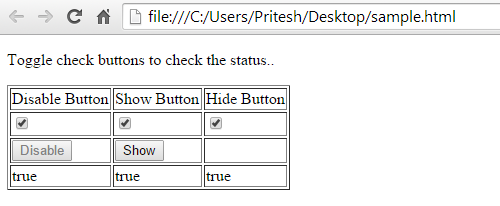C++ Logical Operator
In this tutorial we will study C++ logical operator in detail. C++ logical operators are used mostly inside the condition statement such as if,if…else where we want multiple conditions.
C++ Logical Operator
- Logical Operators are used if we want to compare more than one condition.
- Depending upon the requirement, proper logical operator is used.
- Following table shows us the different C++ operators available.
| Operators | Name of the Operator | Type |
|---|---|---|
| && | AND Operator | Binary |
| || | OR Operator | Binary |
| ! | NOT Operator | Unary |
According to names of the Logical Operators, the condition satisfied in following situation and expected outputs are given
| Operator | Output |
|---|---|
| AND | Output is 1 only when conditions on both sides of Operator become True |
| OR | Output is 0 only when conditions on both sides of Operator become False |
| NOT | It gives inverted Output |
Let us look at all logical operators with example-
C++ Program : Logical Operator
#include<iostream> using namespace std; int main() { int num1=30; int num2=40; if(num1>=40 || num2>=40) cout<<"OR If Block Gets Executed"<<endl; if(num1>=20 && num2>=20) cout<<"AND If Block Gets Executed"<<endl; if(!(num1>=40)) cout<<"NOT If Block Gets Executed"<<endl; return 0; }
Output:
OR If Block Gets Executed AND If Block Gets Executed NOT If Block Gets Executed
Explanation of the Program
Or statement gives output = 1 when any of the two condition is satisfied.
if(num1>40 || num2>=40)
Here in above program , num2=40. So one of the two conditions is satisfied. So statement is executed.
For AND operator, output is 1 only when both conditions are satisfied.
if(num1>=20 && num2>=20)
Thus in above program, both the conditions are True so if block gets executed.
Truth table
| Operator | 1st Condition | 2nd Condition | Output |
|---|---|---|---|
| AND | True | True | True |
| True | False | False | |
| False | True | False | |
| False | False | False | |
| OR | True | True | True |
| True | False | True | |
| False | True | True | |
| False | False | False | |
| NOT | True | - | False |
| False | - | True |













